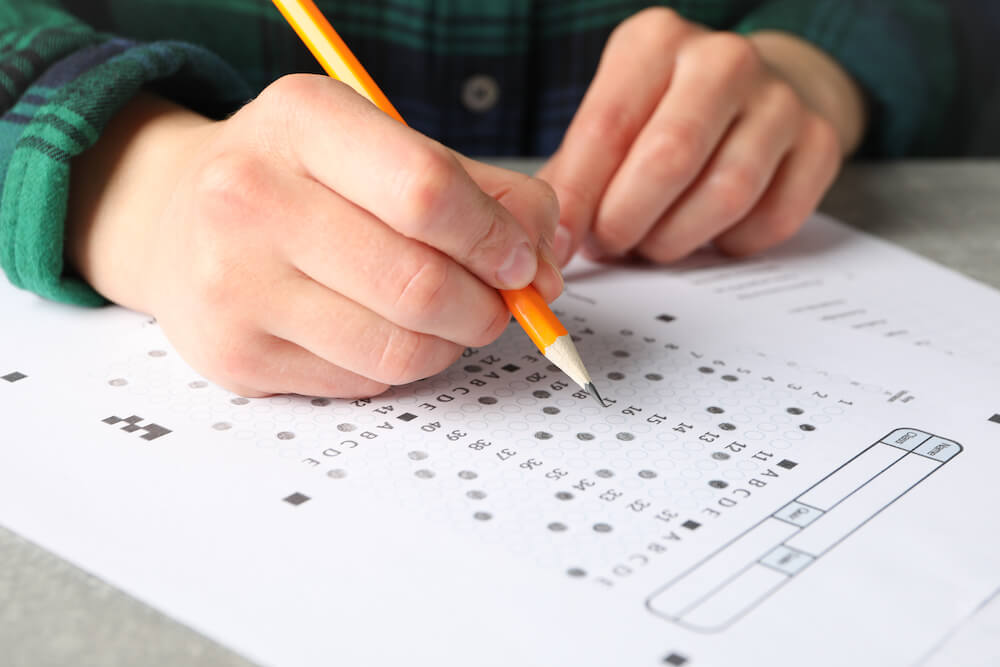The National Assessment of Educational Progress has released both national and state-specific test scores for grades 4 and 8 in reading and math, showing declines in both subjects across all regions of the U.S.. The report comes on the heels of the NAEP’s score report for 9-year-old students, released in September, which showed the most significant overall decline in national average in 30 years.
The data released this week offered similarly bleak averages, testifying to the extensive effects of the pandemic on learning across age groups. The NAEP reports that reading scores were at their lowest for both grades 4 and 8 since 2005. Math scores were at their lowest for grade 4 (at 236 out of 500) since 2005 and grade 8 (at 274 out of 500) since 2003. The institute further notes that 30 states saw declines in reading scores and 26 states failed to meet the NAEP Basic metric, indicating that students are not acquiring the foundational skills necessary to become proficient readers within their age groups. The result is that only one-third of fourth and eighth grade students in America meet the requirements for reading proficiency in their age group. In comparison, mathematics scores at the fourth grade level did not increase in a single state—43 states and districts saw decreases, while 10 indicated no significant change. Meanwhile, at the eighth grade level, 50 states or territories saw decreases, 2 yielded no change, and none showed improvements.
The scores are representative of students in a variety of school types ranging from public to private to Bureau of Indian Education schools and Department of Defense schools and include all 50 states, the District of Columbia, and Puerto Rico.
In an interview, E.S. Education Secretary Miguel Cardona stated that the results were “appalling and unacceptable” and “how we respond to this will determine not only our recovery, but our nation’s standing in the world.”
In light of the pandemic’s devastating effect on education, the U.S. government allocated over $100 billion to helping schools across the country recover, stipulating that the funding must be used by 2024. However, there is widespread skepticism that adequate gains can be achieved on such a short timeline. The path to recovery will require efforts within both the classroom and the home—particularly as improvements in reading are dependent upon continual practice and investment from teachers and parents alike. At the same time, as the commissioner for the National Center for Education Statistics Peggy Carr notes, “Math is simply more sensitive to good schooling. You need math teachers to teach math.”











